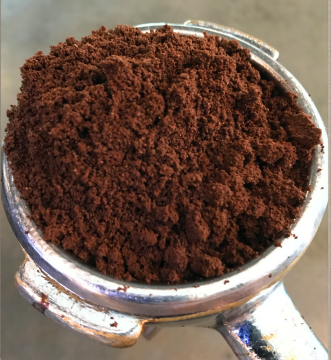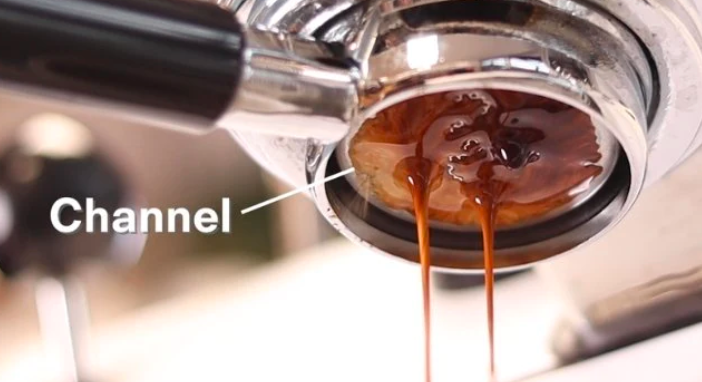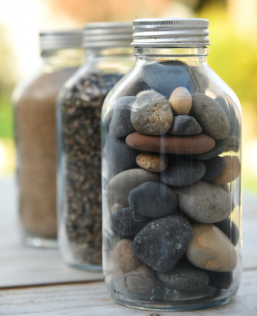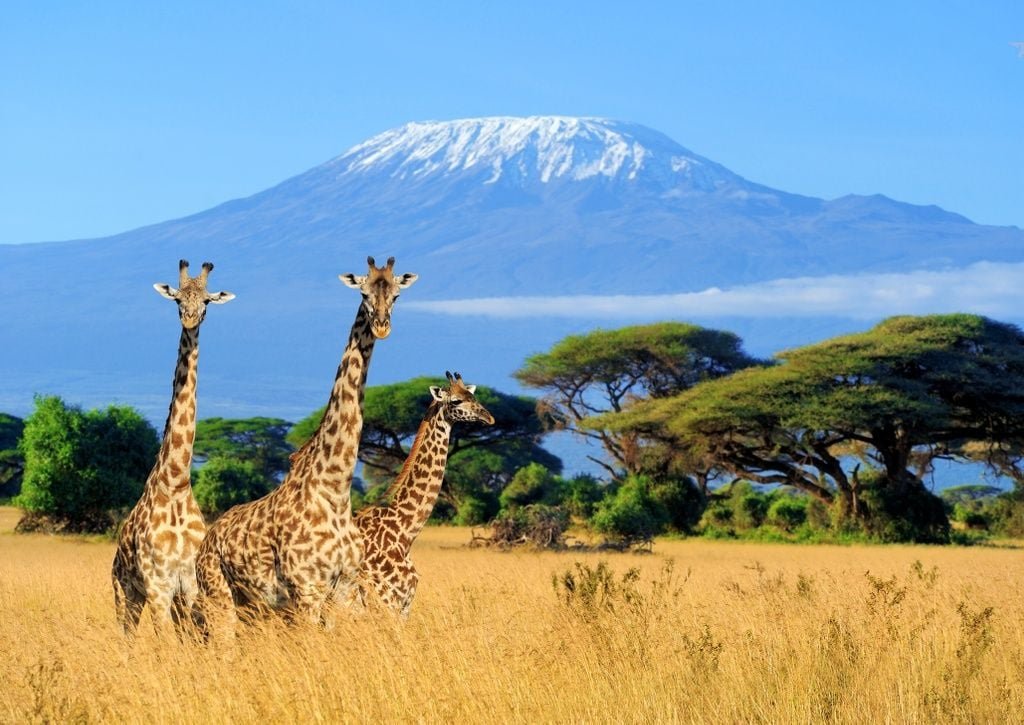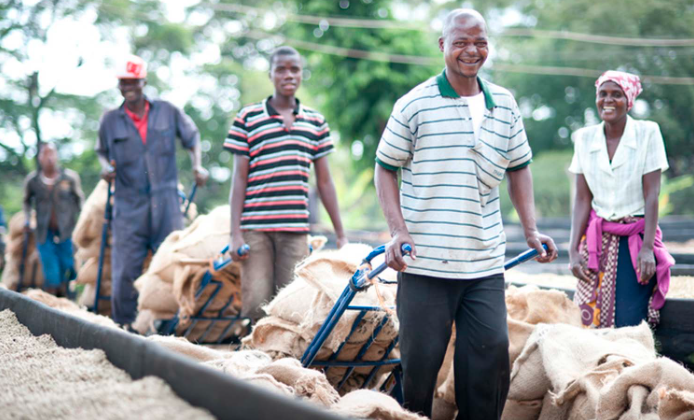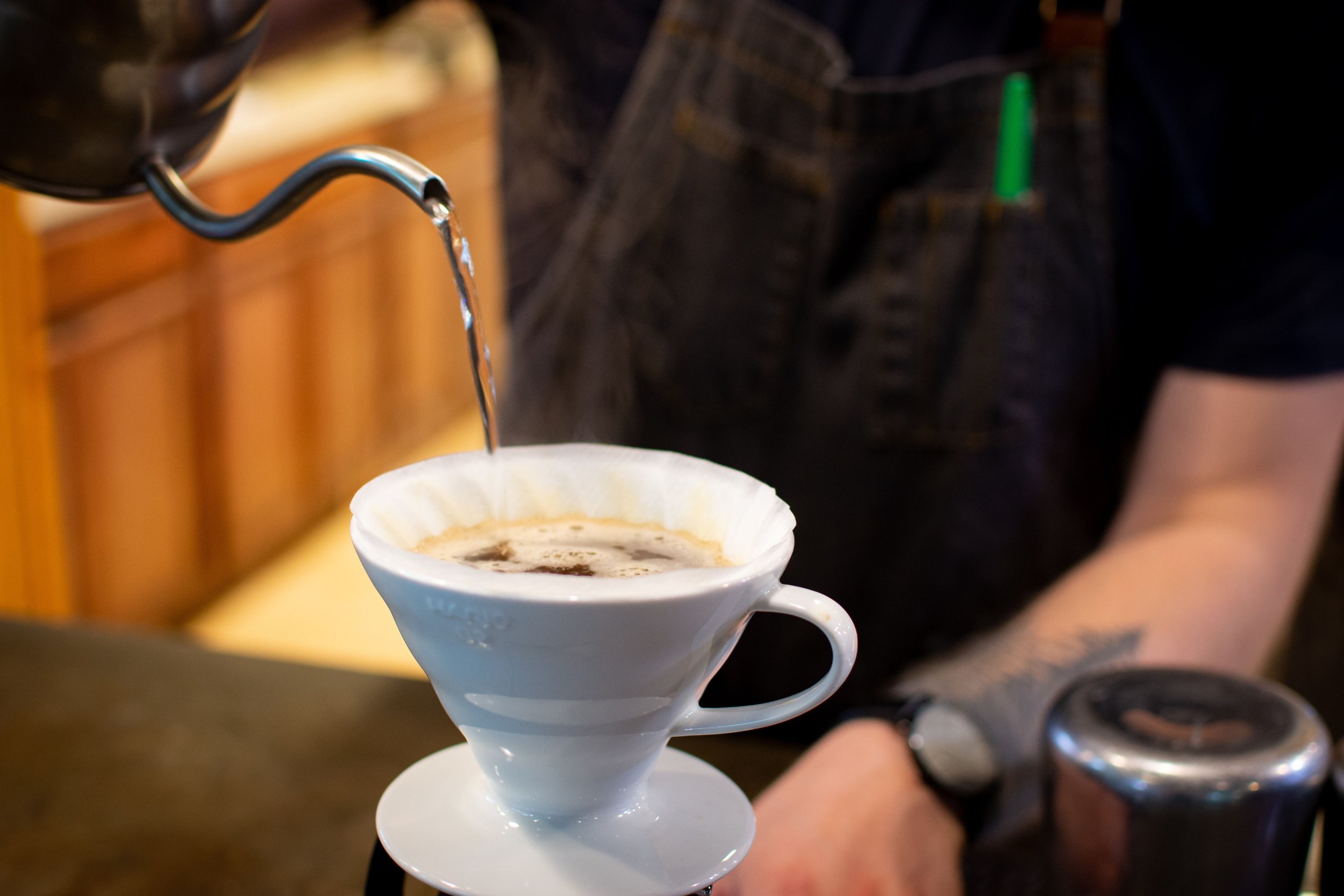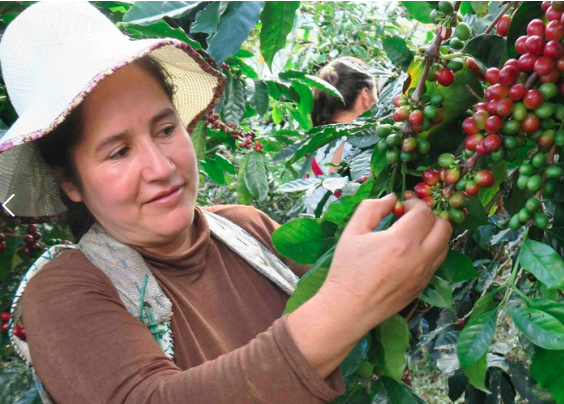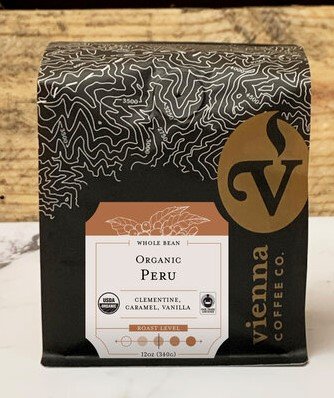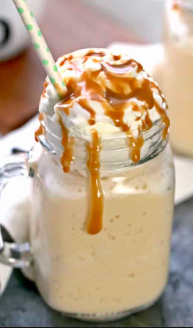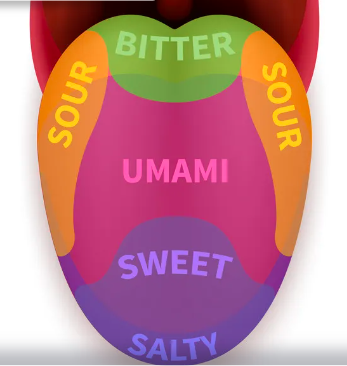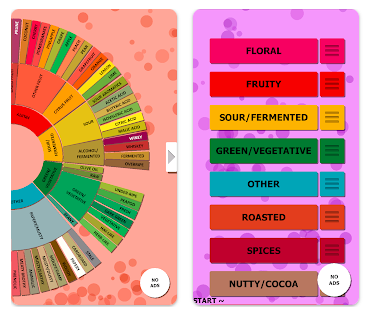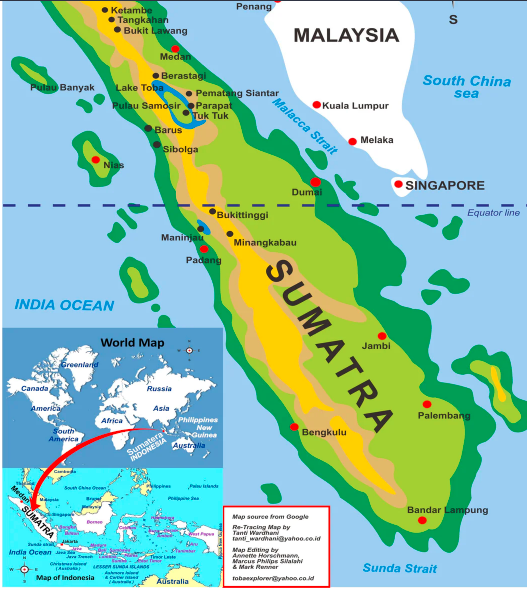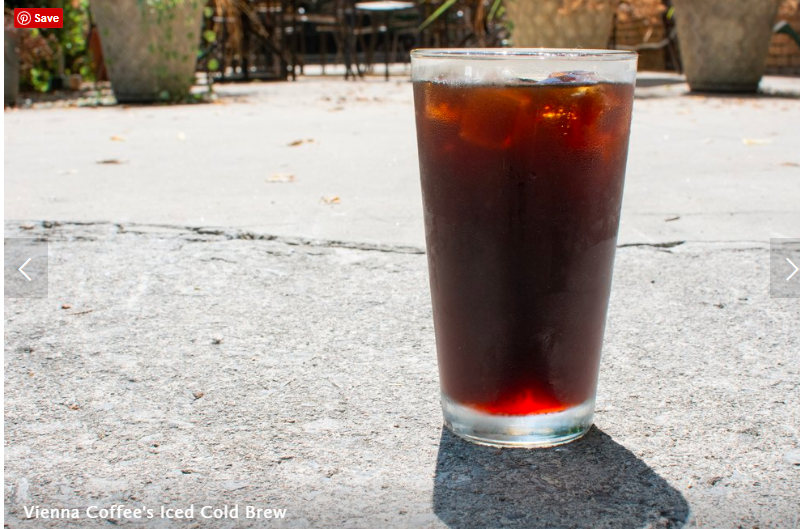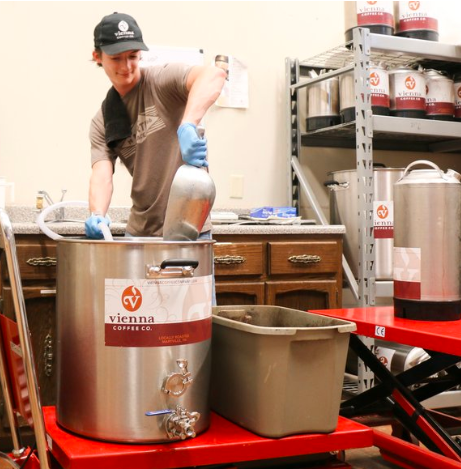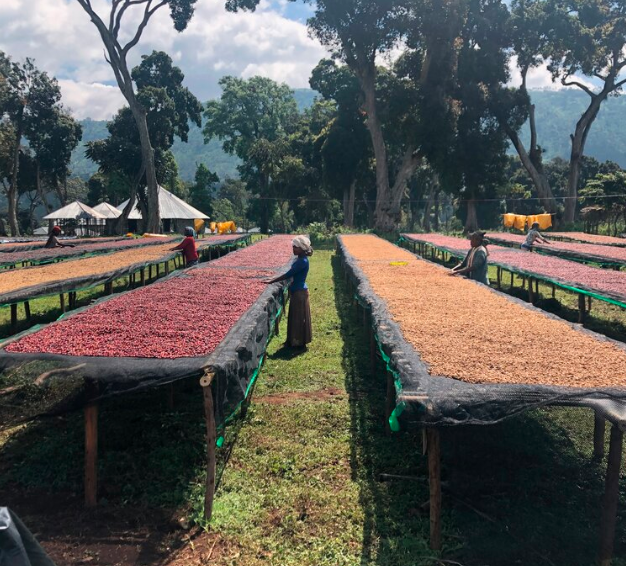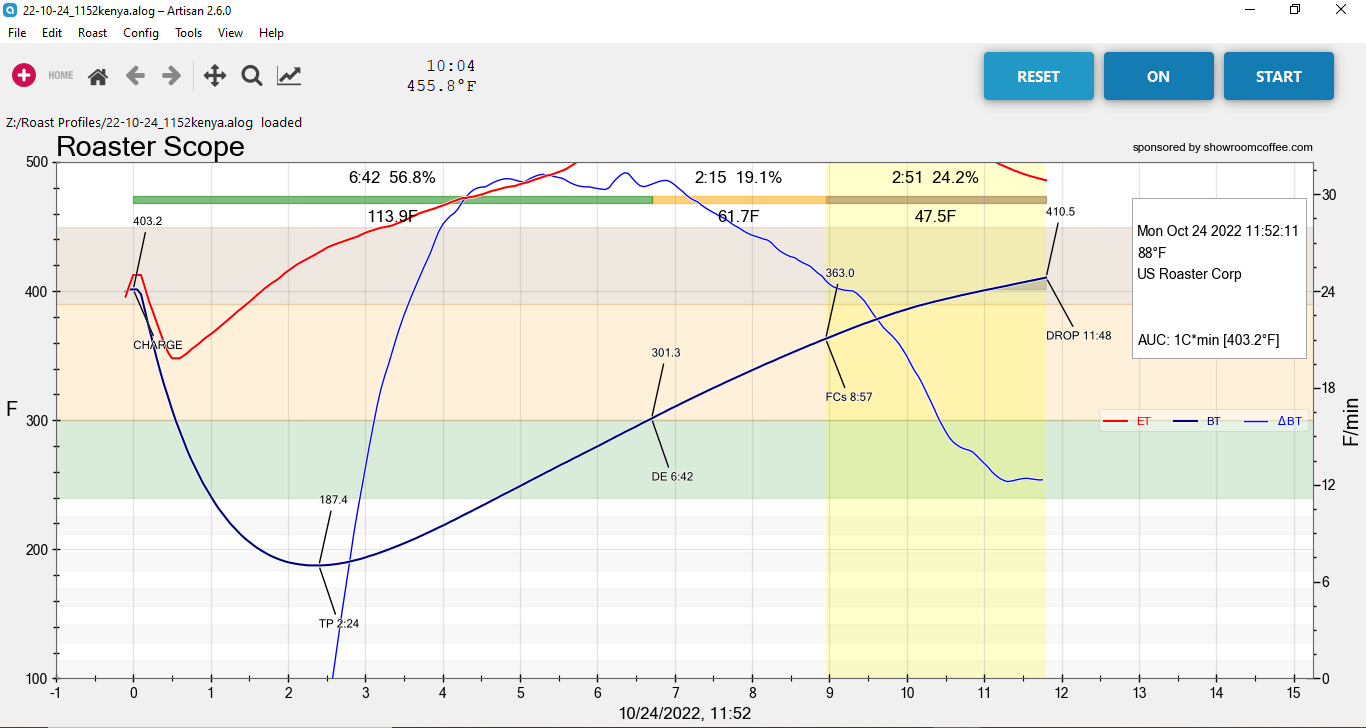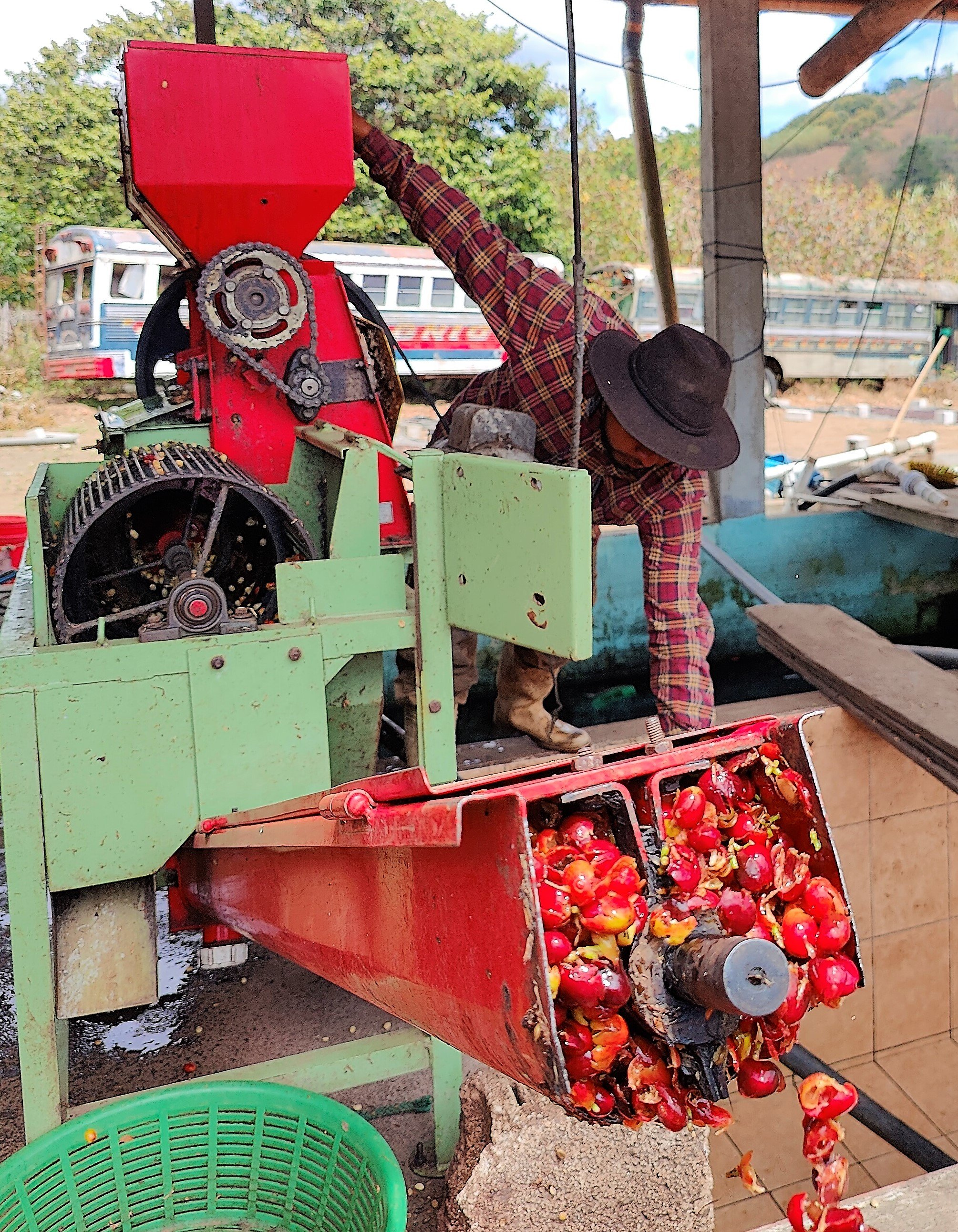Welcome to another edition of For the Love of Coffee, a weekly blog about all things coffee exclusively for the employees of Vienna Coffee.
In today’s blog, I want to discuss the importance of dialing in espresso to produce the best possible shot. All of the amazing aromas and flavors trapped in the coffee bean are amplified in espresso, as well as any negative notes. Therefore, it is important to make sure that you are doing everything possible to get a perfect extraction, or else you risk amplifying the negative notes in the coffee.
Espresso is not a type of coffee bean. Espresso is a method of brewing and includes everything from grinding to extraction. Here at Vienna Coffee, we have a recipe that has been developed for our specific espresso blend:
18 grams of ground espresso in
28-30 grams of brewed espresso out
25 - 30 seconds extraction time
To get the best possible espresso always start with freshly-roasted beans. Beans that have had a few days to rest after roasting are ideal. Make sure you are weighing your espresso grind to ensure you are within .5 grams of 18 grams before tamping. This is done with a gram scale and will ensure consistency in your extraction.
Next, make sure you are evenly distributing the coffee throughout the portafilter basket. This can be done by using an EDT (Espresso Distribution Tool) to help distribute the grinds. This is important to help prevent channeling which is when the pressurized water finds weak spots in the coffee and forms a small “channel” for the water to gush through resulting in over-extraction in that area, and under-extraction in other areas of the coffee. The last step before extraction is to tamp the coffee. Again you will use the EDT to apply the perfect amount of pressure down onto the top of the coffee resulting in an evenly distributed and pressed “bed” of coffee in the portafilter.
Avoid channeling by ensuring an even distribution and tamp.
Occasionally you will also want to weigh your extracted shots to make sure you are hitting the 30g mark within a gram or two. Here at Vienna Coffee, we do not produce “double shots” by pushing more water through the coffee grinds. We pull two 30g (1 oz) shots if a drink requires a double shot. *Exception: our Eversys machines are programmed to be able to pull a double shot, but the recipe is altered to provide more espresso grind in the shot to produce a consistent taste.
The last thing we need to monitor when pulling the perfect shot is the amount of time it takes for the extraction to complete. Around 28 seconds is ideal, but if you are within a few seconds either way the shot can still be good. If the shot is pulling too fast (less than 25 seconds) you will need to “tighten up” your grind setting by adjusting the grind adjuster to a finer setting. If your shot is taking too long (over 30 seconds), you will need to adjust to a more course setting. A visual I like to use is that of two jars, one containing pebbles and the other containing sand. If you pour water into each jar simultaneously, the water will rush through the pebbles in seconds (too coarse), but the jar with the sand will take a very long time for that water to get through it (too fine).
If you have hit the mark on your settings you should start seeing espresso flowing out of the portafilter in about 3-4 seconds after starting your shot, and should complete your shot in about 28 seconds. A good extraction should start off being a dark reddish brown color with the viscosity of warm honey. It should then move into a striped pattern in even “tails” and stop before it “blondes”. It should never gush or drip slowly through the portafilter.
A good extraction will have a a beautiful head of crema that is thick, and dark golden in color with some visible spotting.
Here at Vienna Coffee our featured espresso blend is our Organic Thunderhead, a beautiful blend of 40% Organic Sumatran and 60% Organic Mexican coffees. The Sumatran coffee is produced by Cafe Feminino, a women-owned and managed coffee cooperative in Indonesia. You can be proud of the coffee you are serving our customers, especially when you hand them that perfect shot of espresso that will delight and keep them coming back for more!
It’s a GREAT day for coffee!!!
Your Cup-A-Joe Shmoe,
Matt



